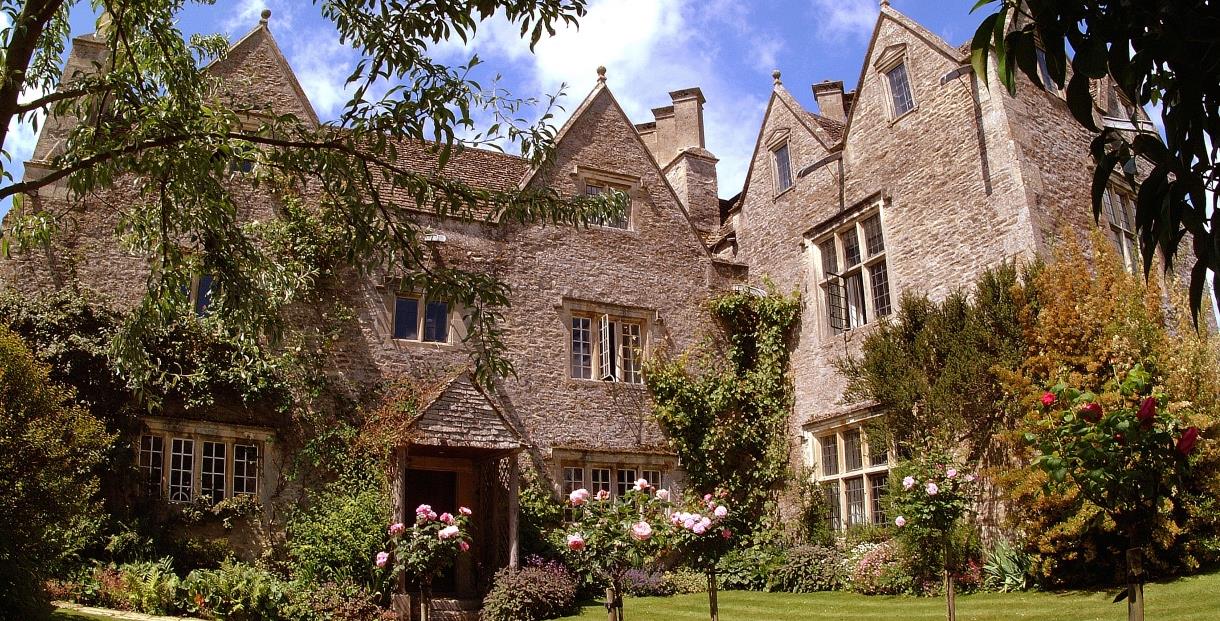- Home |
- Search Results |
- Eve Chase on writing novels: ‘I think of a plot like a hammock’
Q: The Vanishing of Audrey Wilde is a time-slip book. You write about a child going missing in the past and the solving of the mystery many years later…
A: Crime and loss ripples through generations, doesn’t it? It trickles down, impacting lives in unforeseen ways. When Audrey goes missing in the fifties her disappearance rips a hole in the fabric of many lives. Her parents are blindsided, obviously – time stops still for them – but Audrey’s cousins – the four Wilde sisters – are all shaped by it too. Our narrator, Margot Wilde, never gives up trying to find out what happened. Decades later, a modern family is drawn into the mystery. The truth is necessary, even years later. The past can’t be put to bed without it.
Yet Applecote Manor, where the novel is set and this terrible event happened, is idyllic…
Terrible things happen in beautiful places! Applecote Manor is an exquisite Cotswolds house, rose-blanketed and nestled on the dreamy meadow banks of the Thames. We first visit during the simmering heatwave of 1959. One of the inspirations for the house was Kelmscott Manor, the arts and crafts retreat of William Morris: Morris called it, ‘The loveliest haunt of ancient peace.’ And this is true of Applecote too. Of course, Applecote’s peace is cruelly shattered. The sweet scent of roses becomes cloying for Margot and, decades later, a young family fleeing London for the imaginary safe harbour of the countryside.

Much of the book centres around sisters - the Wilde girls and the extended sisterhood that includes Audrey. Is this based on personal experience?
My third brother was meant to be my little sister. After that, I had to make do with novels about sisters: Little Women, Pride and Prejudice, I Capture the Castle... I’d happily take any of the Wilde sisters as my own. They are fiercely loyal, refusing to give up on Audrey or each other, as well as irreverent, opinionated and capable of great rivalries and petty spats. They were a lot of fun to write.
There are a lot of twists and turns in the plot. Were they all planned beforehand?
Not exactly. I always have the story sketched but as soon as I start writing I go off in wildly unplanned directions. I make a million changes along the way and rewrite endlessly. That said, I always know, mostly, how the novel will start and end. I think of it like a hammock: you’ve got to have the ends firmly nailed to two trees and then the middle can swing.

I think of a plot like a hammock: you’ve got to have the ends firmly nailed to two trees and then the middle can swing.
Where do you write?
I’m lucky to have a small wooden studio at the bottom of my garden in Oxford where I can procrastinate by looking at the flowerbed and the birds. (I slam a wifi block on most of the time.) I love gardening and seeing the seasons change outside brings both joy and deadline panic. I have a dog - a very hairy golden retriever called Harry - who has lent the place his particular doggy pong. My three children think it’s hugely funny to turn the lights out in the studio from inside the house.
Tell us something we don’t know about you…
I only started driving in my forties - terrified! - and still don’t do motorways; I was phobic of dogs until I got one last year; I’ve written stories since I was a little girl; I love ferns, Johnny Cash and dark chocolate; I’m bereft now that I’ve finished all episodes of The Crown on Netflix; one day, when the kids have left home, I plan to spend a year writing from a brownstone in New York City, channelling Nora Ephron, one of my all time heroes.